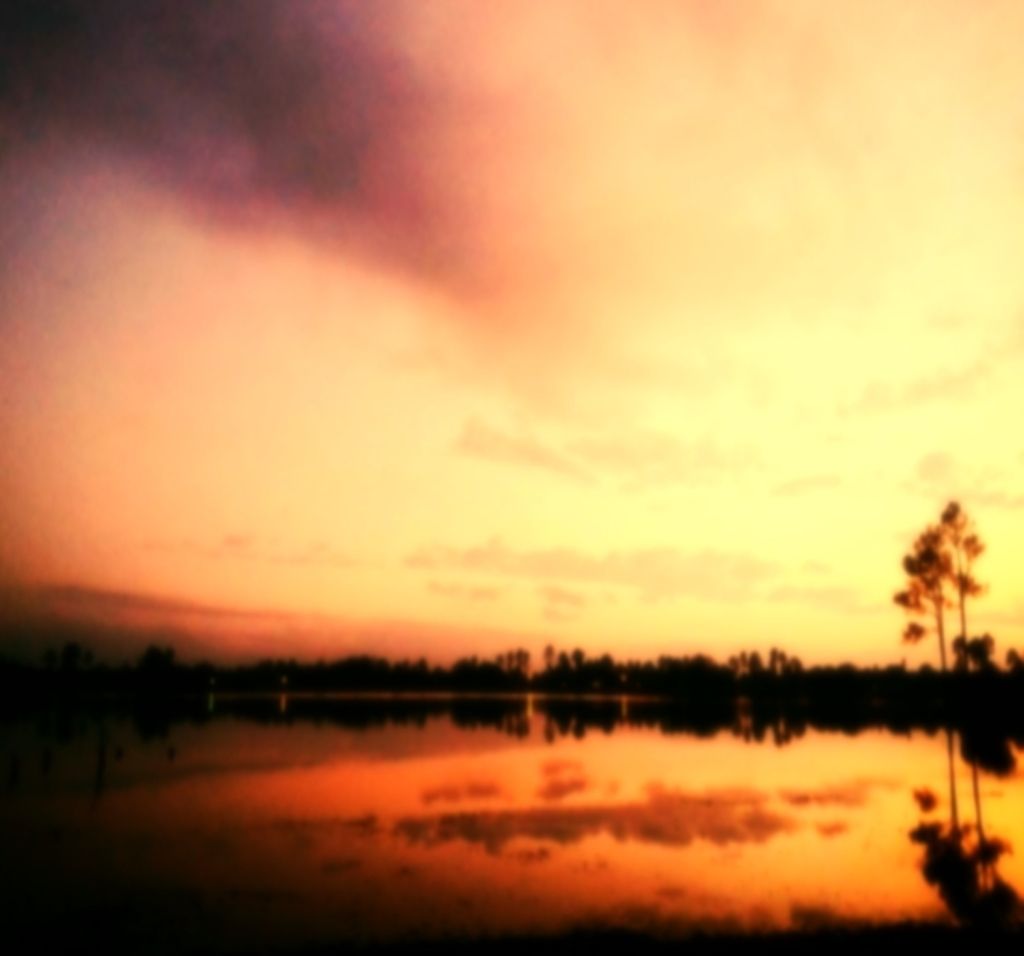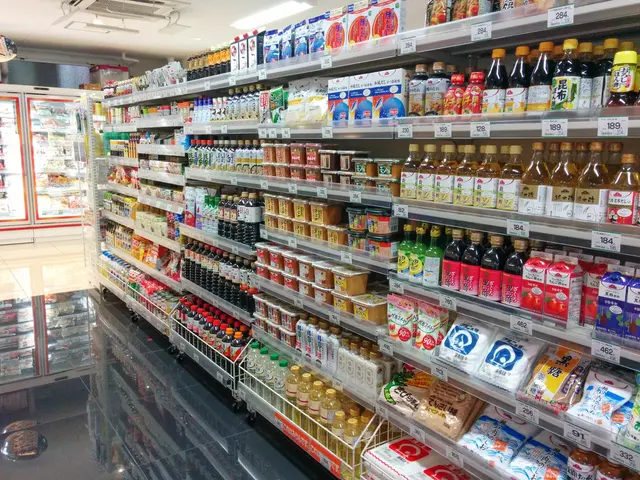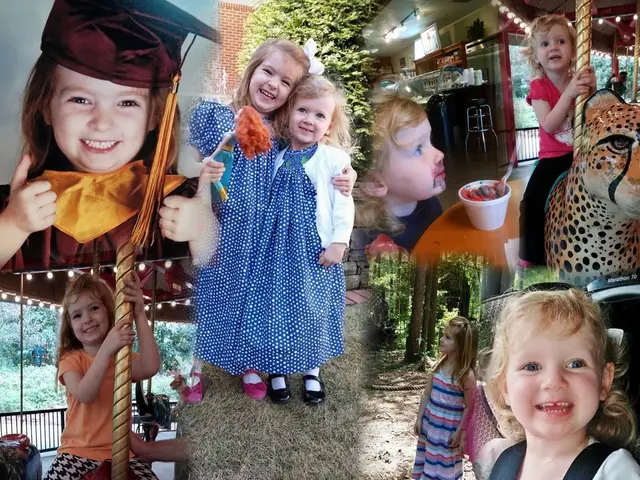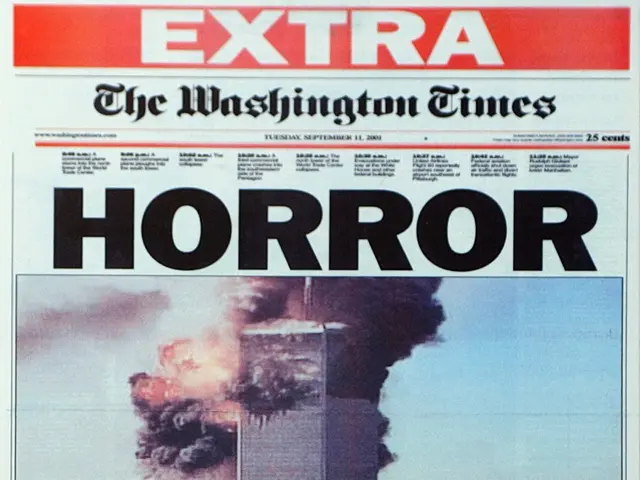Alternative advertising styles showcased during NewFronts event
In the 2025 IAB NewFronts, every player showcased their tricks, old and new, to make ad buying seem efficient and less chaotic.
Samsung's Full-Screen Scream
Samsung unveiled its 'Screens Everywhere' vision, transforming every Samsung surface into a potential ad channel. The star reveals included:
- Creative Canvas: full-screen video with QR overlays and lead-gen tools
- ShoppingBreaks: creator-hosted, shoppable content embedded in Samsung TV Plus ad breaks
- GameBreaks: interactive trivia pods during commercial breaks, gamifying the ad-watching experience
- Samsung Television Network (STN): a curated FAST channel carrying all the above
Samsung's goal? To own the screen, the programming, and the ad layer, delivering closed-loop performance campaigns across its TV ecosystem by itself. If the fridge door starts serving ads, who knows where it might end!
Tubi: Shopping and Scrolling Made Easy
Tubi revealed a suite of new formats to make its FAST platform shoppable, scrollable, and more performance-ready. Highlights include:
- Wrappers: homepage takeovers with trailers, animated backdrops, and branded UI
- Carousels: interactive product showcases with CTAs, video, and images
- Pause Ads: looping, sound-off video triggered when users pause content
- Moments: scene-level tagging for tone and sentiment-based contextual targeting
- Storefronts: second-screen commerce experiences built into the Tubi Shop, powered by Shopsense AI
Tubi retrofits retail media thinking into the FAST model: no ecosystem lock-in, no creative over-engineering. Just homepage real estate, contextual prompts, and a few smart QR codes - simple and effective.
LG's Home Screen Takeover
LG Ads brought out a range of formats to monetize its smart TV home screen, featuring 3D ads, interactive ad units with QR and add-to-cart features, and plans to bring branded social video to the big screen via Spaceback. LG catches users in browse mode with high-contrast creative designed to stop the scroll.
Vizio: Proof over Polished Looks
Post-Walmart acquisition, Vizio offered advertisers closed-loop CTV campaigns tied directly to online and in-store purchases. Not new formats, but a new pipeline: brands buy media on Vizio, Walmart handles the attribution. Online, in-store, matched back to screen. Vizio's footprint? Nearly 80 million US adults with CPMs in the low $20s and minimum spends around $200K - built for brands already knowing what they're selling and seeking proof it moved.
Amazon: Make Every Ad Pause a Buy Cue
Amazon introduced three new formats: Scene-aware Pause Ads, Add-to-Cart Overlays, and Send-to-Phone Ads. These formats run across ad-supported Prime Video, which now reaches 130 million monthly viewers, 88% of whom have also shopped on Amazon. Amazon turns ad breaks into buying cues, whether it's product, placement, or purchase, everything is designed to close the loop with minimal friction and maximum relevance.
YouTube: Creator Categorized for Better Ad Placement
YouTube announced upgrades to its creator ad infrastructure, including AI-powered Creator Search, Partnership Ads in DV360, and Expanded Creator Takeovers. These tools make it easier for brands to integrate creator output into scalable campaign formats. If you're into short-form content without TikTok's volatility, YouTube's the platform that shows up in your deck.
TikTok: Finding the Right Moment for Your Ads
TikTok refreshed its Pulse Suite with additions like Pulse Core, Max Pulse, Custom Lineups, and Pulse Premiere. TikTok's turning trends into inventory, packaged, ranked, and briefable. For brands without a content engine or the stomach for risk, Pulse now offers a cleaner way in. TikTok's signaling it wants to be on the upfront plan, not the test-and-learn one.
Instagram: Making Reels More Attractive for Advertisers
Meta is testing Trending Ads on Reels - placements that run immediately after top creator videos. Brands can opt into trending content overall or target specific categories like beauty, sports, or fashion. With Reels still the default surface, it needs to work like one - briefable, measurable, and predictable enough to scale.
Facebook: Making Use of Creator Formats
Meta also shared it's expanding Facebook's creator formats with Live Partnership Ads, Video Expansion, and AI content suggestions. These tools let brands amplify existing content without building bespoke content. Facebook may not be buzzing, but it still reaches scale - a need for media teams managing legacy spend.
Threads: Now with Movies
As of April 2025, Threads supports in-feed video ads, 16:9 or 1:1 formats slotting between organic posts. With 350 million monthly active users, Threads is monetizing rapidly. Video ads may feel abrupt in a still-lightly social environment, but the mechanics are user-familiar, and the cost remains low.
Snapchat: Selling Culture as Inventory
Snap introduced new ad slots shaped around messaging ads and live events. Under the Ghost, a Snap-produced live music series bundled with Sponsored Snaps, creator content, and Total Takeover placements leads the push. Snapchat's biggest surfaces were always cultural: music, chat, creators. Now they're structured, and with tools like Smart Bidding, Snap's getting easier to buy without losing its edge.
Google: Selling the Plan, Not Just the Placement
Google pitched DV360 not as a DSP but as a decision engine. New features include AI-curated media packages built from natural language prompts, a retail media layer with audience data from partners, and Live event inventory via YouTube and CTV. These stack on top of last year's audience persona tool, driving a 70% lift in video completions. This is Google selling the buy itself as the product - not a slot, not a screen, just the answer to "Where should we spend?"
- Samsung aims to dominate the screen, programming, and advertisement layer across its TV ecosystem, delivering closed-loop performance campaigns, transforming every Samsung surface into a potential ad channel.
- Tubi's new formats make its FAST platform shoppable, scrollable, and more performance-ready, offering homepage takeovers, interactive product showcases, pausable ads, and scene-level tagging for contextual targeting.
- LG Ads plans to monetize its smart TV home screen with 3D ads, interactive ad units, and branded social video, aiming to catch users in browse mode with high-contrast creative.
- Vizio offers advertisers closed-loop CTV campaigns tied directly to online and in-store purchases, providing a new pipeline where brands buy media through Vizio and Walmart handles the attribution.
- Amazon's new ad formats turn ad breaks into buying cues across ad-supported Prime Video, aiming to close the loop with minimal friction and maximum relevance, reaching 130 million monthly viewers.








